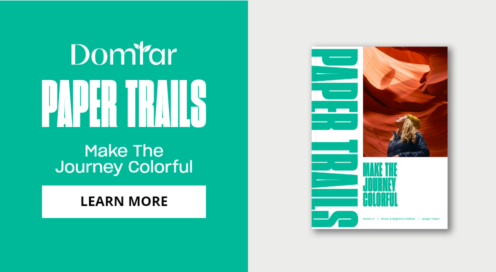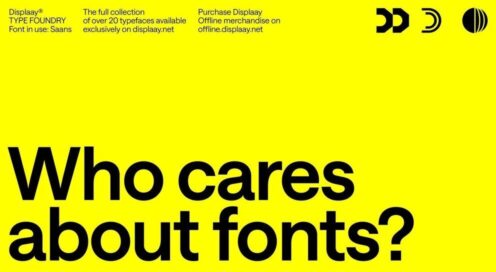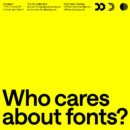Accessibility in Canada: British Columbia
Written by Chris Dickert RGD, Visual Capitalist
The Accessible Canada Act intends to establish a barrier-free Canada by 2040. Through this series, the RGD highlights the extent of application of accessible design regulations in Provinces across Canada. In this edition, Chris Dickert RGD sheds light on British Columbia's regulations.
Until recently, if you wanted to know what the rules were about accessibility and inclusion in British Columbia, you would have to consult a patchwork of provincial and federal legislations and case laws. Since the appointment of Premier John Horgan, conversations about accessibility have become more a part of public discourse.
British Columbia isn’t the first to the party, Québec wins that crown, with legislation in 1978, followed by Ontario in 2005, Manitoba in 2013, Nova Scotia in 2017, then the feds in 2019. BC passed the Accessible British Columbia Act in 2021 with the intent to put a legal framework in place to make the province more accessible and inclusive… eventually.
So what does the Act do?
It doesn’t lay out any specific standards or regulations. It only establishes a Provincial Accessibility Committee that will work out the details. To the government’s credit, at least half of the committee members must be persons with disabilities or from representative organizations. The act also stipulates a requirement for Indigenous representation. This reflects their principle of nothing for us, without us.
The act also requires the province and around 750 public-sector organizations, such as schools, municipalities and Crown corporations, to establish an accessibility committee, develop an accessibility plan and establish a means for the public to provide feedback on accessibility. Plans must “consider” to incorporate certain accessibility principles, including inclusive and universal design, public feedback received in the updates, but not mandated to do so. The act also establishes a provincial 'AccessAbility Week', beginning every last Sunday of May.
Prescribed organizations must meet a September 1, 2023 deadline, but some crafty public-sector organizations (I’m looking at you, Office of the Police Complaints Commissioner) managed to squeeze out an extra year.
And if they don’t? Well, nothing happens, because the provisions of the Act that deal with enforcement and compliance haven’t come into force yet. Eventually, organizations could face fines of up to $250,000 dollars and enforcement orders, but the focus appears to be education, rather than fines.
And that’s as far as things have gotten: committees, plans and probably a comment form buried on a public sector website. Oh, and also an 'AccessAbility Week'. Until the Provincial Accessibility Committee starts publishing regulations and standards, accessibility is still a bit of a wild west in BC.
That said, we can get some idea of what the eventual standards might be from the Province’s three-year plan, creatively-titled in all its camel-cased glory: AccessibleBC, BC’s Accessibility Plan (2022/3–2024/25). Priorities for the next few years include creating a culture of accessibility and inclusion, as well as removing barriers for people working in the BC Public Service.
There are a few design-related tid-bits under priority two on information and communications, for example, requiring government websites to meet WCAG guidelines at level AA, but for designers looking for hard and fast rules, they will be disappointed.
So what’s a Left Coast designer to do?
Really, we’re back where we started. Regulations will come and if you’re working with a public sector organization or the Provincial government, you may already have an accessibility plan to follow, but standards will vary from client-to-client. Until then, you can refer to the RGD’s Accessibility Handbook for best practices and look to other jurisdictions that have rules in place for guidance.
Ultimately, in the absence of hard and fast rules, we’re in a unique position as designers to advise clients on how to create accessible and inclusive products and services. So let's see how many barriers we can knock down, shall we?

Chris Dickert RGD
Visual Capitalist
















